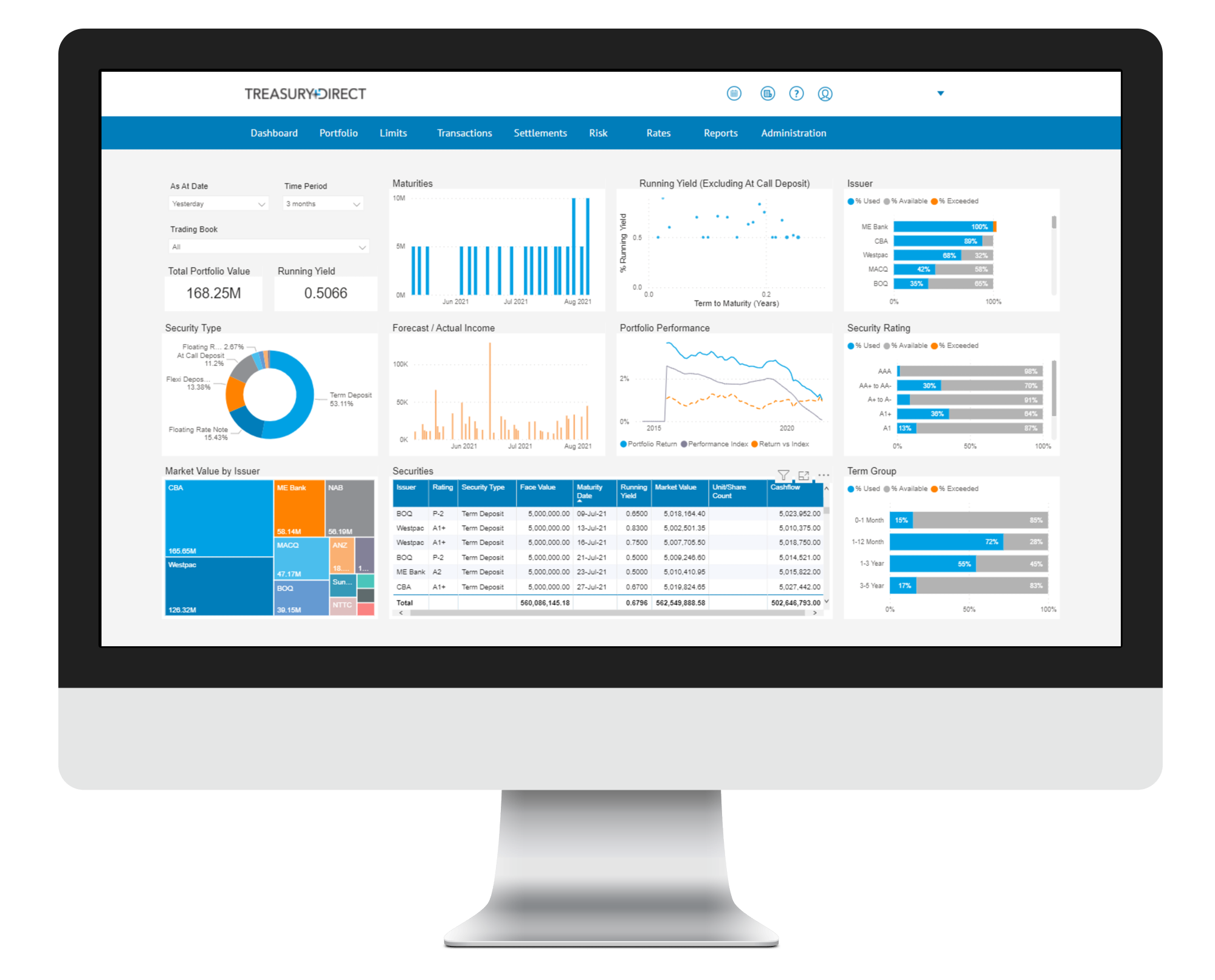Markets Overview
- ASX SPI 200 futures up 0.7% to 8,522.00
- Dow Average up 0.6% to 44,982.33
- Aussie up 0.1% to 0.6239 per US$
- US 10-year yield fell 1.7bps to 4.5123%
- Australia 3-year bond yield rose 0.9 bps to 3.80%
- Australia 10-year bond yield rose 0.9 bps to 4.38%
- Gold spot up 1.2% to $2,793.27
- Brent futures up 0.5% to $76.95/bbl
Economic Events
- 11:00: (AU) Australia to Sell A$800 Million 2.5% 2030 Bonds
- 11:30: (AU) Dec. Private Sector Credit MoM, est. 0.5%, prior 0.5%
- 11:30: (AU) Dec. Private Sector Credit YoY, prior 6.2%
- 11:30: (AU) 4Q PPI YoY, prior 3.9%
- 11:30: (AU) 4Q PPI QoQ, prior 1.0%
A placid day in markets turned volatile before the close Thursday as President Donald Trump’s vow to slap 25% tariffs on Mexico and Canada sent currencies of both countries tumbling. Stocks buckled then recovered from the late-session shock, while Apple Inc.’s results threatened more turbulence after hours.
A $328 billion exchange-traded fund tracking the Nasdaq 100 (QQQ) fluctuated after the close as Apple whipsawed. In regular trading, equities were buoyed by a surge in consumer spending. The Mexican peso slid 1.1% and Canada’s dollar fell as much as 1.2% after Trump said he would follow through on trade restrictions Saturday. Oil futures got a short-lived jolt, spiking as much as 1.5% from its settlement price. The gain quickly evaporated as the president said he will decide Thursday night on whether to include crude in the tariffs.
While tech came under renewed pressure on Thursday, economically sensitive corners of Wall Street such as small caps outperformed. The S&P 500’s equal-weighted version — one that gives Target Corp. as much clout as Nvidia Corp. — climbed 1%, fueling hopes the bull market would broaden out.
That would help reduce concerns around the “concentration risk” from the tech megacaps that have come to dominate benchmark indexes. Those jitters were on full display earlier this week when a artificial intelligence-model from Chinese startup DeepSeek added to doubts on whether valuations of the technology that has powered the torrid rally from the market lows would be tough to justify.
“This bull market is still ‘breathing,’ and we should expect more stock participation in the months ahead if the economy cooperates and rates quiet down,” said Callie Cox at Ritholtz Wealth Management. It’s not that the AI story is “doomed,” but “there are so many opportunities in unloved sectors that have been ignored for so long.”
While the bulk of the growth in S&P 500 earnings continues to come from the high-flying tech megacaps, growth is projected to come in at the slowest pace in almost two years. Robust results are a much-needed driver for US stocks after as Wall Street dialed back expectations for interest-rate cuts this year.
Upbeat outlooks from industry heavyweights like Tesla Inc., Meta Platforms Inc. and International Business Machines Corp. also buoyed trading. While the majority of companies have so far exceeded expectations, disappointing forecasts have been met with selloffs, with Microsoft Corp. and United Parcel Service Inc. being the latest examples.
The S&P 500 rose 0.5%. The Nasdaq 100 added 0.5%. The Dow Jones Industrial Average gained 0.4%. A gauge of the “Magnificent Seven” megacaps was little changed. The Russell 2000 of small firms gained 1.1%.
The yield on 10-year Treasuries declined was little changed at 4.52%. The Bloomberg Dollar Spot Index was flat.
The US economy expanded at a solid pace at the end of 2024, despite drags from a strike at Boeing Co. and much leaner inventory investment. Consumer spending, which comprises the largest share of economic activity, advanced at a 4.2% pace — the first time since late 2021 that outlays have exceeded 3% in consecutive quarters.
To Neil Birrell at Premier Miton Investors, while the data is all a bit historic now, the economy is “doing just fine.”
“Overall, the economy is on firm footing heading into 2025, which should support risk assets given the strong linkage between economic growth and corporate profits,” said Josh Jamner at ClearBridge Investments.
At Strategas, Don Rissmiller says that even if that pace is starting to slow, the Federal Reserve can likely continue its policy pause for a few more months — to gather more data.
Weekly jobless claims data released at the same time unexpectedly declined, a sign of labor market strength.
The Federal Open Market Committee on Wednesday left interest rates unchanged as expected — after cutting them at each of their three previous meetings since September — and indicated that stalled progress toward lower inflation warranted a patient approach.
“‘Remaining patient’ and ‘no rush’ seem to be how the FOMC plans on operating into the middle of the year, with a bumpy path for inflation giving the Fed pause before reading too much into gains that could prove idiosyncratic,” said Marvin Loh and Hope Allard at State Street Global Markets.

